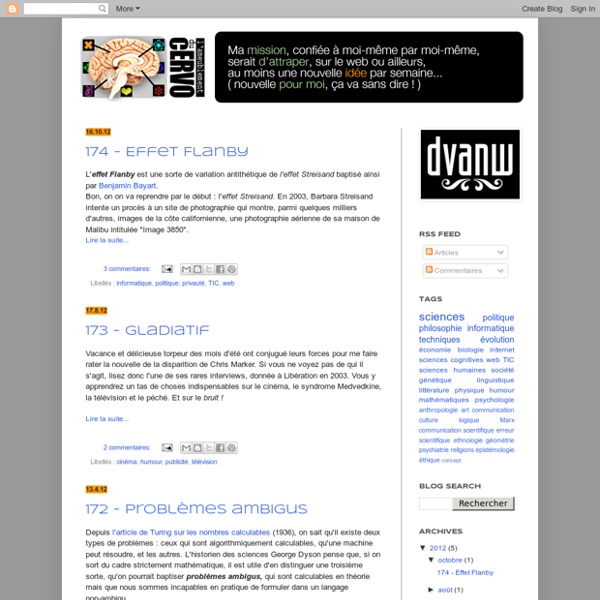



Wikisource Le webinet des curiosités Le Pont des Savoirs Web Sound - Komar and Melamid & Dave Soldier - The People's Choi Komar and Melamid & Dave Soldier The People's Choice Music The Most Wanted Song A musical work that will be unavoidably and uncontrollably "liked" by 72 ± 12% of listeners The Most Unwanted Song Fewer than 200 individuals of the world's total population will enjoy this Purchase this CD at Mulatta Records. With the collaboration of composer Dave Soldier, Komar & Melamid's Most Wanted Painting project was extended into the realm of music. Notes by the Composer This survey confirms the hypothesis that today's popular music indeed provides an accurate estimate of the wishes of the vox populi. The most unwanted music is over 25 minutes long, veers wildly between loud and quiet sections, between fast and slow tempos, and features timbres of extremely high and low pitch, with each dichotomy presented in abrupt transition. Art for the people- Your pal, Dave Soldier June 1997 Credits UbuWeb Sound | UbuWeb PennSound | CENTRO | EPC | WFMU
Web Alors! Le pied de nez de Romain Gary au Tout-Paris littéraire Romain Gary, de son vrai nom Roman Kacew, né le 8 mai 1914 à Vilnius (Lituanie) et mort le 2 décembre 1980 à Paris, est un romancier français originaire de Pologne, unique double lauréat du Prix Goncourt.Il obtint une première fois ce prix en 1956 pour les Racines du ciel, puis une seconde fois sous le pseudonyme d'Émile Ajar en 1975 pour La Vie devant soi, alors qu'un auteur n'est pas autorisé à recevoir ce prix plus d'une fois. Le 17 novembre 1975, Ajar reçut le prix Goncourt. Le 20 novembre - coup de tonnerre! -, l'auteur fit savoir qu'il refusait le prix. Ce fut l'indignation générale. Conséquence de ce jeu du chat et de la souris: l'oncle et le neveu tinrent le haut du tableau des meilleures ventes pendant plusieurs semaines, le premier avec Au-delà de cette limite votre ticket n'est plus valable, publié en juin 1975, le second avec La vie devant soi. « Je me suis bien amusé, au revoir et merci » Romain Gary
Stephanie Valentin Nicole van de Kerchove Publié le 7 novembre 2010, dans Actualités, Histoire et Littérature Pianiste et navigatrice française, Nicole Van de Kerchove est née le 10 septembre 1945 et décédée le 21 février 2008 en Patagonie. Auteur de plusieurs livres relatant ses voyages « Autre chose » est son dernier livre qui parait aux éditions MDV Maîtres du Vent dont nous reparlerons. Dans mes archives il y a , précieusement conservée, cette lettre que Nicole m’avait adressée, et dans laquelle elle parlait avec tant d’amitié et de tendres souvenirs de Bernard Moitessier, un Grand Marin qui a choisi de vivre la mer autrement, avec une philosophie tellement éloignée de la course. Alors qu’il participait au premier tour du monde en solitaire et se trouvait en tête de la course, il avait décidé de ne pas s’arrêter et de continuer de jouer avec la mer. De Nicole Van de Kerchove « Bonjour Petit Bernard, c’est bon de reprendre les vieux mots gentils pour te parler. C’était au printemps 1967. C’est vrai.